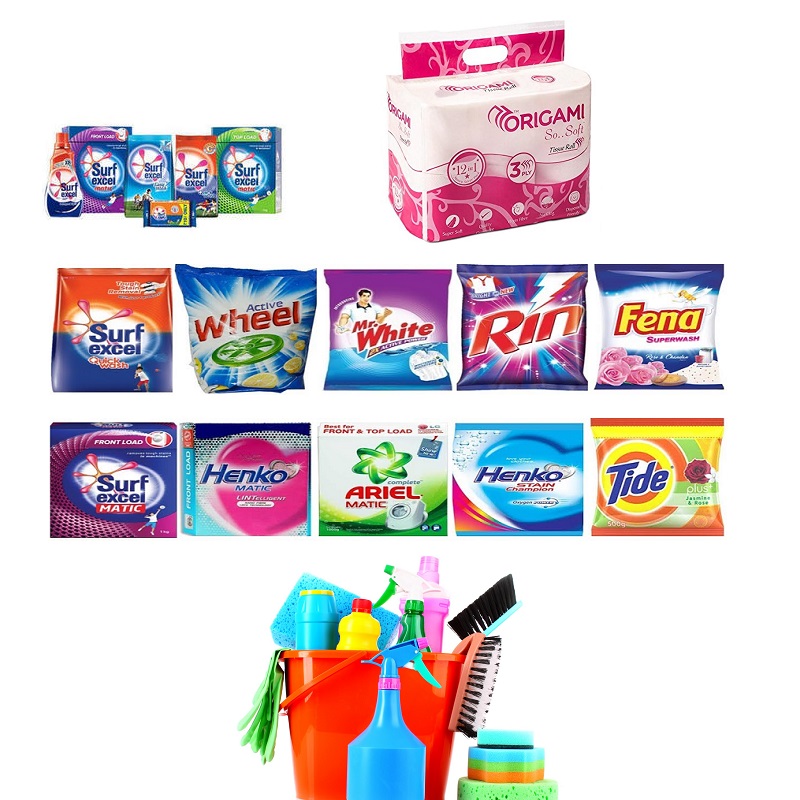Pectin is a unique fiber found in fruits and vegetables.
It’s a soluble fiber known as a polysaccharide, which is a long chain of indigestible sugars. When heated in the presence of liquid, pectin expands and turns into a gel, making it a great thickener for jams and jellies (
It also gels in your digestive tract after ingestion, a function that provides numerous health benefits.
Most pectin products are made from apples or citrus peels, both of which are rich sources of this fiber (2).
This article reviews what pectin is, its nutritional content and health benefits, and how to use it.
Pectin is a fiber and contains almost no calories or nutrients. It’s a key ingredient in jams and jellies and used as a soluble fiber supplement.
Nutrition
Pectin provides little nutrition.
One fluid ounce (29 grams) of liquid pectin contains (
- Calories: 3
- Protein: 0 grams
- Fat: 0 grams
- Carbs: 1 gram
- Fiber: 1 gram
Powdered pectin has a similar nutrient content (
Neither the liquid nor powdered form contain significant amounts of vitamins or minerals, and all of its carbs and calories come from fiber.
That said, some products called pectin dry mixes contain added sugar and calories. These mixes can also be used to make jams and jellies.
Uses
Pectin is primarily used in food production and home cooking as a thickener.
It’s added to commercially produced and homemade jams, jellies, and preserves. It may likewise be added to flavoured milk and drinkable yogurt as a stabilizer.
For home kitchen use, pectin is sold as a white or light-brown powder or a colorless liquid.
Pectin is also used as a soluble fiber supplement, which is often sold in capsule form. Soluble fiber may help relieve constipation, lower cholesterol and triglyceride levels, improve blood sugars, and promote a healthy weight (
Finally, this fiber is a key component of time-release coatings used in some medications

 English
English

























